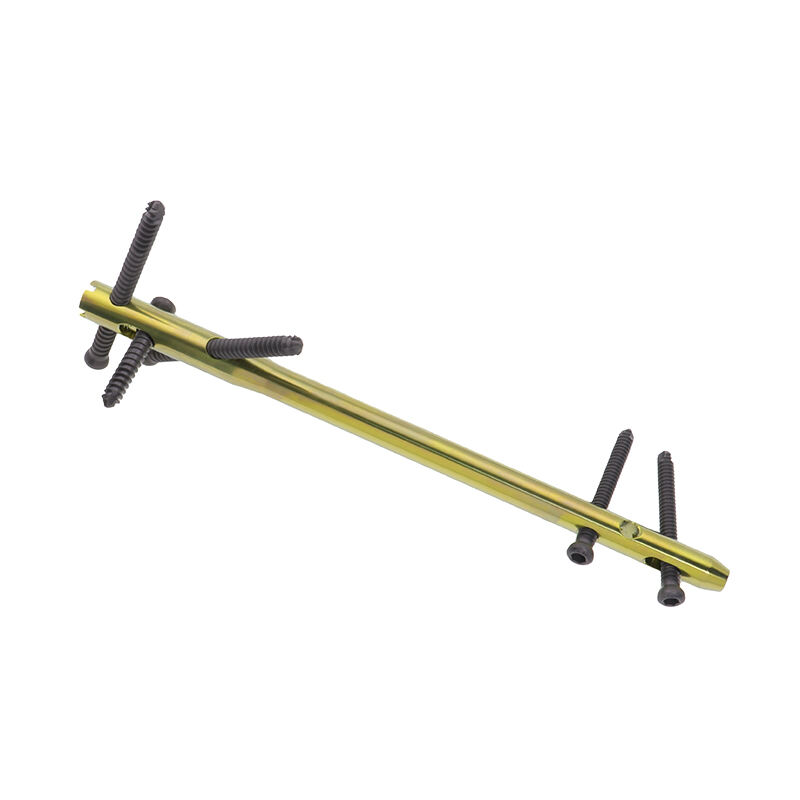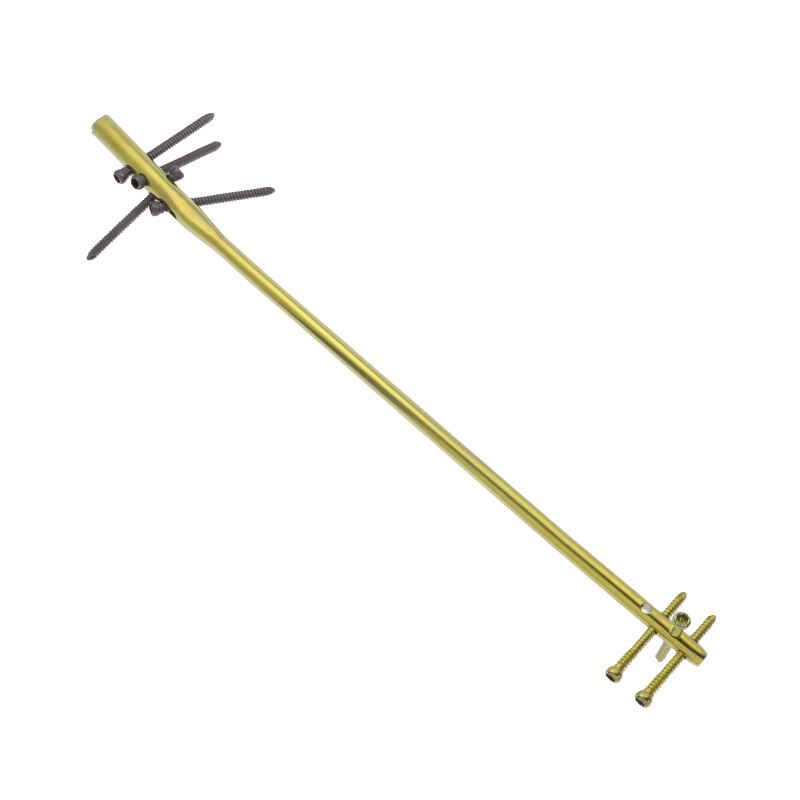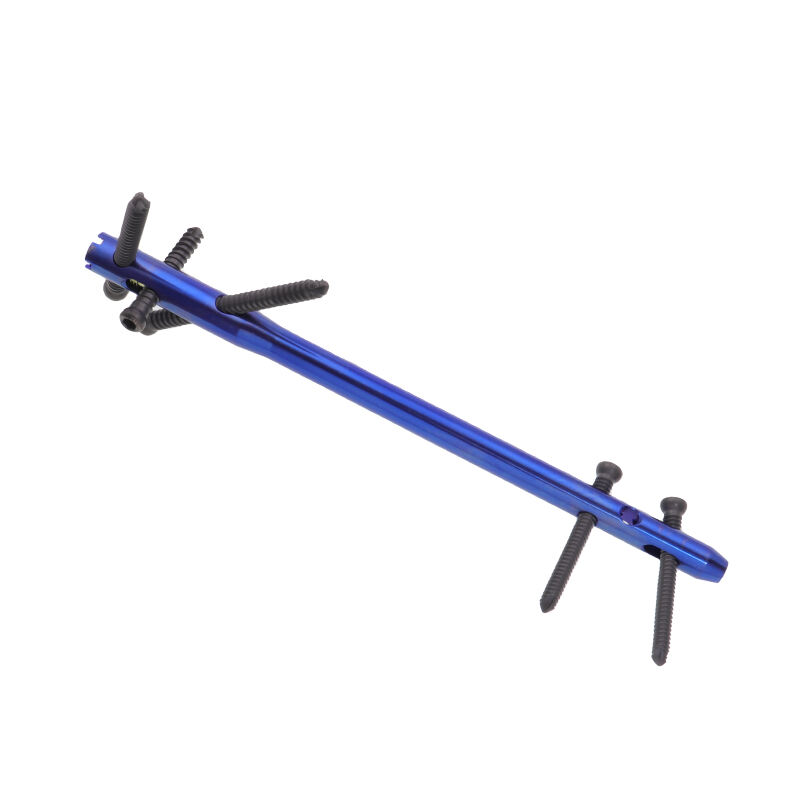interlocking nail tibia
The interlocking nail tibia is an advanced orthopedic implant designed for treating tibial fractures with exceptional stability and minimal invasiveness. This innovative device consists of a metallic rod inserted into the medullary canal of the tibia, secured with proximal and distal locking screws. The system provides robust mechanical support while allowing for natural bone healing processes. The nail's unique design incorporates multiple locking options that enable surgeons to address various fracture patterns effectively. Modern interlocking nails are typically manufactured from biocompatible materials such as titanium alloys, ensuring excellent compatibility with human tissue and reducing the risk of adverse reactions. The device's technical features include anatomically contoured designs that match the natural bow of the tibia, multiple locking options for enhanced rotational stability, and specialized insertion instruments that facilitate precise placement. These nails are particularly valuable in treating complex tibial shaft fractures, comminuted fractures, and cases requiring long-term stabilization. The system's versatility allows for both static and dynamic locking configurations, adapting to different healing stages and patient needs. With advanced imaging guidance, surgeons can achieve optimal positioning and alignment, contributing to better patient outcomes and faster recovery times.


